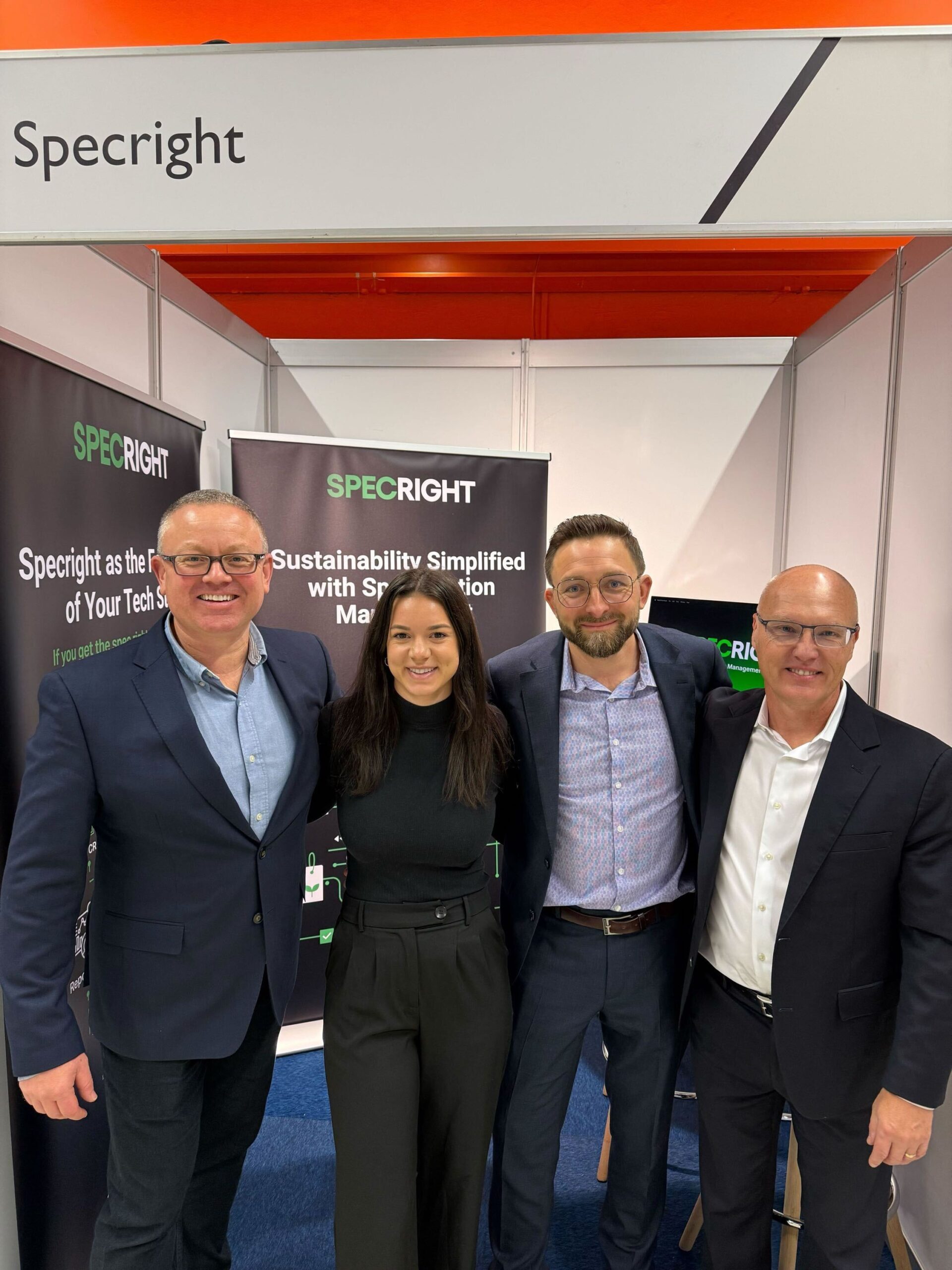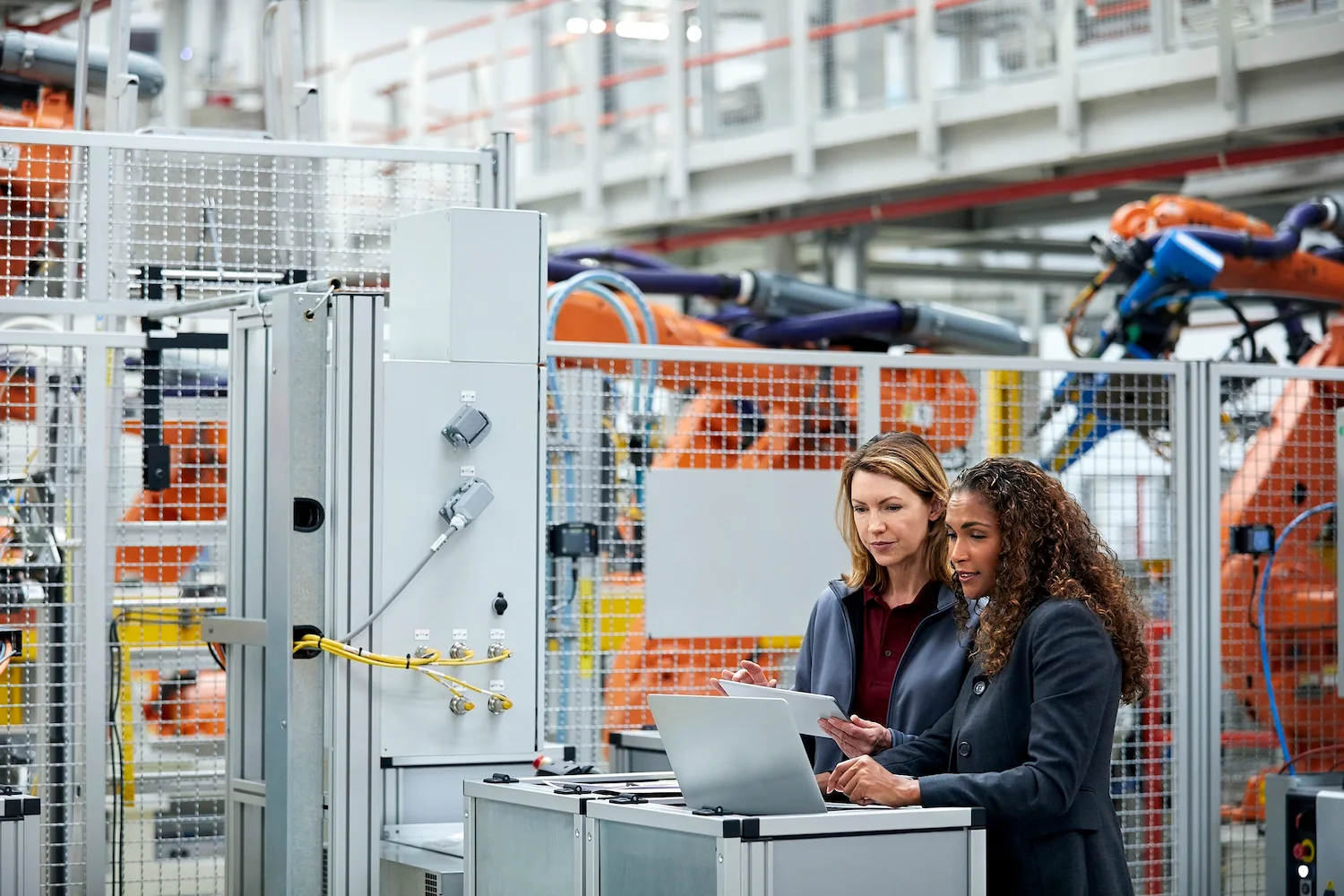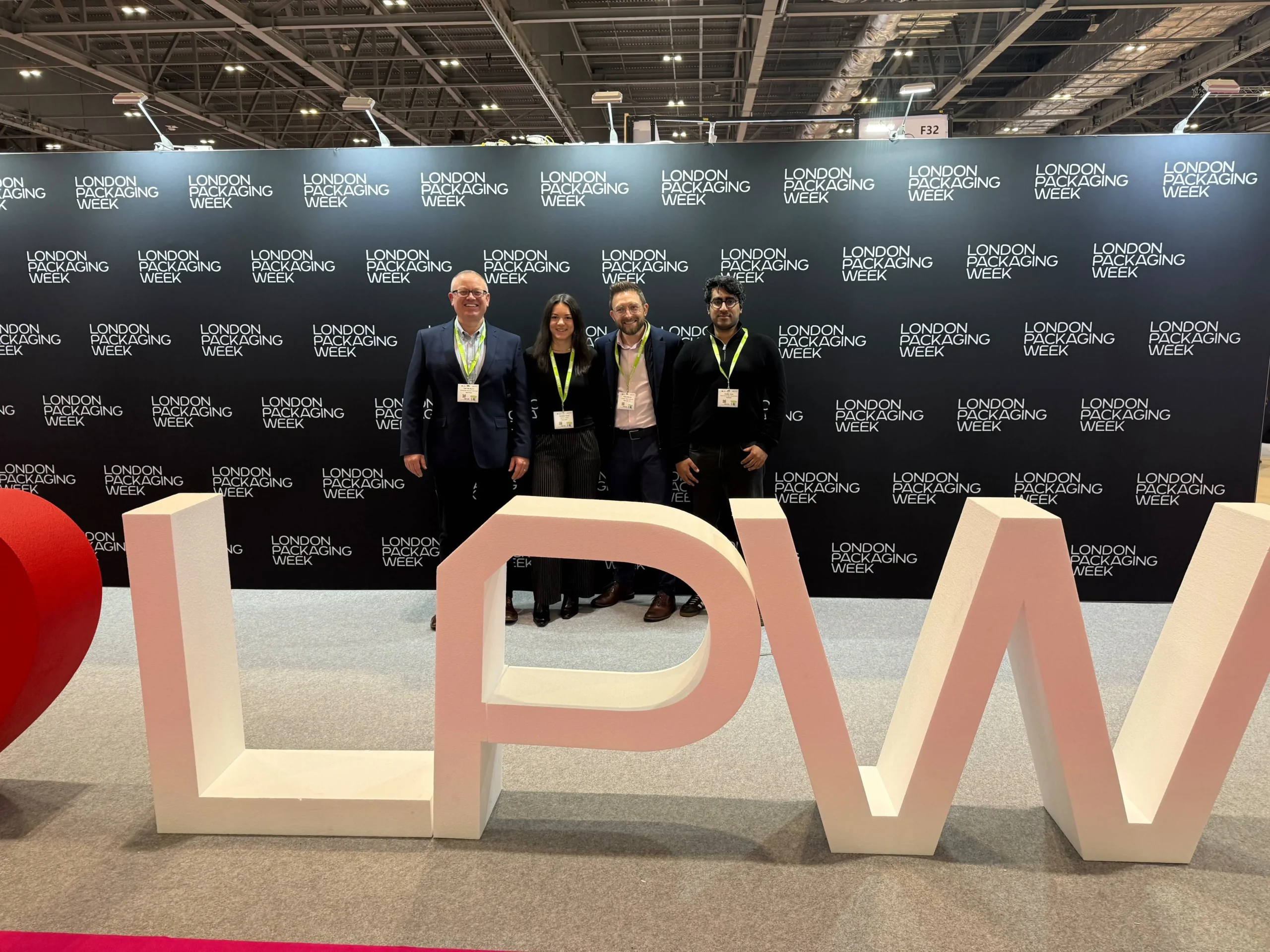This year’s Sustainable Packaging Summit in Utrecht captured a pivotal shift in how the industry thinks about packaging. For two days, leaders from global brands, regulatory bodies, and sustainability organizations discussed the future of packaging through one clear lens: how to move from reacting to regulation toward designing for the future.
As Europe approaches implementation of the Packaging and Packaging Waste Regulation (PPWR), conversations turned from short-term targets to long-term systems thinking. As part of our ongoing expansion into Europe, Specright exhibited at the Sustainable Packaging Summit, joining the conversation on how data, design, and compliance are converging to drive the next wave of circular innovation.
Session 1: Strategic Outlook — Leaders of Business and Regulation
The opening session, featuring leaders from the European Commission, EUROPEN, Mondelēz, and Amazon, explored how Europe can balance sustainability ambition with economic competitiveness.
Jessika from the European Commission highlighted the forthcoming Circular Economy Act (2026) and underscored the need for predictability and harmonization across member states — ensuring businesses can plan with confidence.
Francesca Stevens, Managing Director at EUROPEN, stressed that regulation must be guided by science, data, and impact assessment rather than ideology. Her message was clear: harmonization is essential to unlock innovation and investment in circular infrastructure.
Representing the industry, Massimiliano Di Domenico of Mondelēz called sustainability a business pillar, not a project, and emphasized the importance of regulatory clarity to enable planning and consistent reporting across 61 European manufacturing sites.
From a technology perspective, Amazon’s Juan Manuel Banez Romero outlined how digitalization and AI can transform compliance from a paper-heavy burden into an intelligent, automated process. With more than 40 EPR schemes across the EU, he called for better data infrastructure to simplify collaboration between brands and regulators.
Together, these voices reinforced that Europe’s sustainability agenda depends not only on ambition — but on information flow.
My main takeaway here is that to meet Europe’s green goals, the industry needs regulatory clarity supported by connected, digital data systems.
That’s exactly where structured packaging specifications serve as the foundation — enabling harmonized reporting, transparency, and smarter decision-making.
Session 2: Ask the Europeans — Making PPWR Work
The “Ask the Europeans” session brought a dose of realism and guidance from Anna Perlina, a leading PPWR consultant, who shared practical advice on how brands can navigate the complexity of implementation.
Her message: PPWR is the most transformational regulation the industry has ever faced — and success starts with preparation.
She encouraged companies to begin with three essential steps:
- Design beyond 2030. Packaging redesign cycles are long; plan for recyclability at scale through 2038 and beyond.
- Adopt a risk-based approach. Anticipate the strictest interpretations of the law to futureproof operations.
- Treat PPWR as a cross-functional project. Compliance cannot sit in isolation — it requires collaboration across sustainability, design, operations, finance, and legal.
Anna also advised global brands to treat PPWR as a global benchmark, as many non-EU markets are already aligning with its principles. For smaller companies, she suggested leveraging copackers and compliance specialists to fill resource gaps efficiently.
Most notably, she reframed PPWR as an opportunity — not a burden. Standardization under PPWR can align internal processes, clarify priorities, and even provide CFOs with more predictable financial models for packaging investments.
My main takeaway from this session is that PPWR is not just compliance; it’s a framework for operational alignment and business resilience. That alignment begins with data. With spec-level visibility, brands can map regulatory gaps, generate declarations of conformity, and engage finance teams with credible, data-backed insights.
Session 3: The 2045 Roadmap — Beyond the Box
In the 2045 Roadmap session, Tim Sykes of Packaging Europe brought together leaders from Nestlé, the Ellen MacArthur Foundation, Reloop, and Avery Dennison to explore what the packaging ecosystem could look like two decades from now — when circularity is the default rather than the ambition.
The discussion moved beyond short-term compliance timelines to a broader question: What will it take to build systems where packaging is intelligent, traceable, and seamlessly recirculated?
Nestlé’s Julius Lorenzen emphasized that PPWR has set the right business signals but that infrastructure gaps must still be addressed to make circularity work in practice. The Ellen MacArthur Foundation shared measurable progress from over 1,200 member organizations that have already prevented millions of tons of waste through data and design collaboration.
Panelists described a future where every package has a digital identity — effectively a passport that connects its material origin, use, and reuse. By 2045, packaging won’t just comply with regulations; it will operate within digital, data-driven systems that make sustainability automatic.
For this topic, it stood out to me that the future of packaging will be circular by design, powered by transparency and digital traceability.
That vision starts today. Specright provides the data foundation — the specification-level intelligence needed to connect packaging design, material traceability, and regulatory compliance.
Threads That Connected the Summit
Across sessions, a few themes came through consistently:
- From compliance to conviction: The industry is shifting from reacting to regulation toward designing for resilience and value.
- Data as the foundation of sustainability: Without clear, structured data, circularity and reporting remain out of reach.
- Harmonization with realism: Many believe PPWR will bring consistency across European regulations — but recognize that complexity will persist at the country and regional level. Data systems will be key to managing both.
- Cross-functional collaboration: From CFOs to packaging engineers, every discipline has a role in PPWR success.
- The power of partnerships: Collaboration across the packaging value chain will be key to bridging the gap between regulation and execution.
Final Reflection
The Sustainable Packaging Summit made one truth impossible to ignore: sustainability can’t happen without data.
As brands prepare for PPWR, evolve EPR strategies, and look toward 2045, success will depend on how well they understand and act on their packaging information. Regulation may define the “what,” but it’s data that defines the “how.”
Specright’s mission is to help brands transform packaging data into a strategic advantage — turning compliance into clarity, and sustainability into measurable progress.
If you want to learn more about Specright, request a demo.
Explore More Blogs
Get Started
With Specright’s Solution Suite, you can digitize, centralize, and link your specification data to drive efficiencies, intelligence, traceability, and collaboration within your organization and across your supply chain network.





